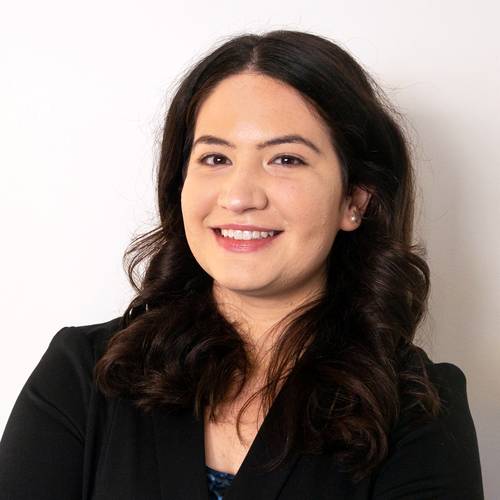Raman Spectroscopy and Art Conservation: New Techniques for Non-Invasive Analysis of Cultural Heritage
Raman Spectroscopy and Art Conservation: New Techniques for Non-Invasive Analysis of Cultural Heritage
Presented by:
Kristen Frano, Metrohm Inc.Raman spectroscopy serves as a non-destructive analytical technique that has emerged as a powerful tool in the field of art conservation. Raman spectroscopy provides valuable information on the chemical composition of pigments and paints used in paintings, ceramics, and cultural heritage sites, allowing conservation scientists and art historians to better understand the materials and techniques used by artists throughout history. In recent years, portable Raman systems have made it possible to bring instrumentation into the field, facilitating the in-situ study of cultural heritage objects without the need for invasive sampling.
Frano focuses on the benefits of Raman spectroscopy for art conservation, including the ability to identify pigments and dyes. She also discusses the application of Raman spectroscopy in multiple case studies, highlighting its potential to reveal hidden details about the creation and history of works of art. Furthermore, she explores the use of new advanced algorithms for fluorescence-reduction and the development of standoff analysis capabilities that allows for non-contact analysis of surfaces from distances up to several meters. The continued development of instrumentation along with new sampling and data processing techniques will further expand the possibilities of Raman spectroscopy in the field of art and archeology.
About the presenter
Kristen Frano is the laboratory Raman product manager at Metrohm in Plainsboro, N.J. She has years of experience working with laboratory and handheld Raman instrumentation and users on various applications including art conservation, forensics, and pharmaceuticals.
She received her bachelor’s degree in chemistry from Saint Anselm College in Manchester, N.H. and her master’s degree in chemistry from The College of Willian & Mary in Williamsburg, V.A. There she used Raman spectroscopy and surface-enhanced Raman spectroscopy to create new methods for the identification of natural organic pigments in historical oil paintings.
About the sponsor(s)- Metrohm Spectro Inc. - Offers various components, subassemblies to fully loaded modules and tests for photonics, spectroscopy, and electrochemistry integration.
Search for more products and services

We use cookies to improve user experience and analyze our website traffic as stated in our
Privacy Policy. By using this website, you agree to the use of
cookies unless you have disabled them.